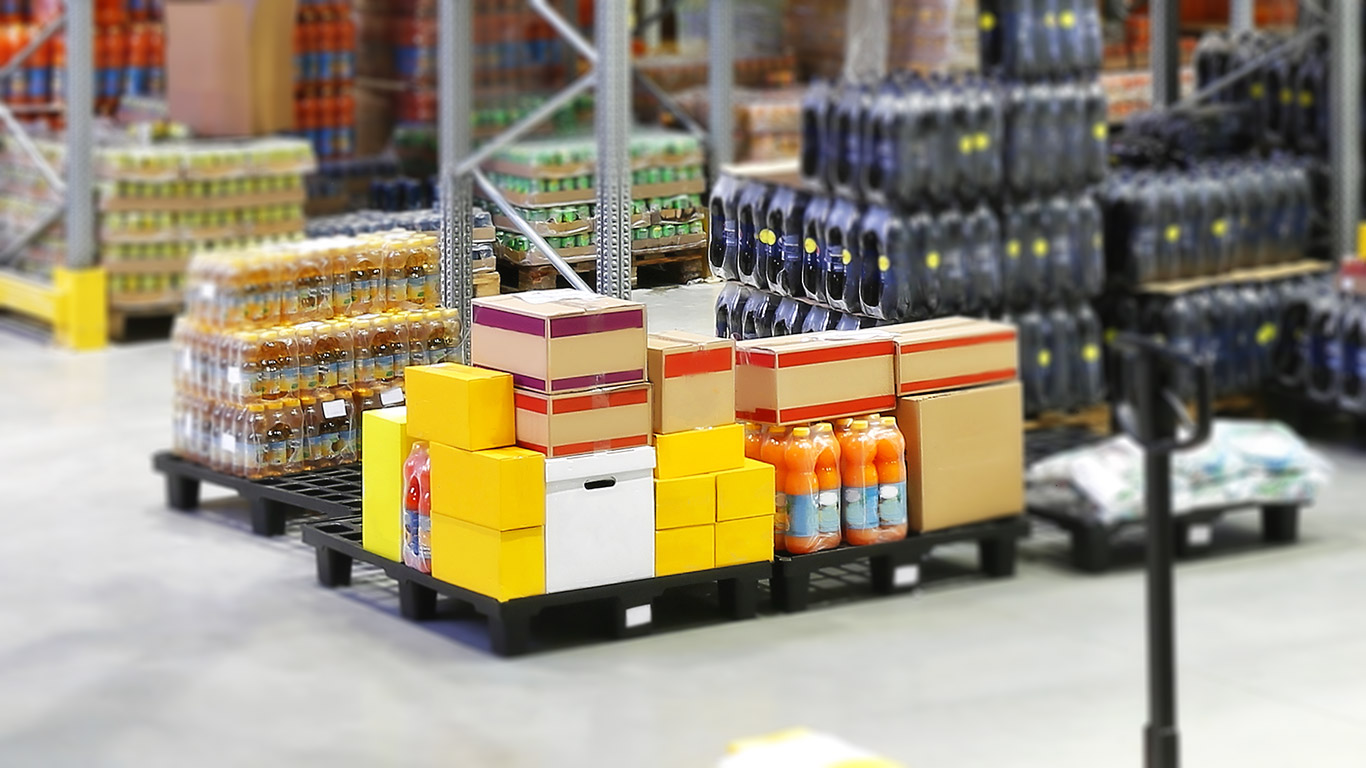This post has already been read 7424 times!
In our first article on replenishment, Replenishment: The Real Time Advantage, we explored the significant advantages of shorter replenishment lead times. By reducing the time from demand signal to DC shipment to store receipt, food services industry players realize reduced waste, fewer stock-outs and increased sales. In today’s article, let’s look more deeply into getting the right inventory to the right stores.
What triggers materials to flow to stores?
Typically, an order is placed with a distributor to deliver specific items to specific stores.
How does the order get placed?
Fixed Lot Reorder Point Replenishment
Let’s consider two scenarios. First, a store manager reviews inventory quantities and determines how much inventory is needed to replace what has been used over the past 3 to 7 days. This is a “kanban” type approach where the assumption is that what I used in the past is the best (and simplest) way to decide what to buy for the future.
The problem is that consumer demand is erratic, especially if there are limited time offer (LTO) promotions. In such cases, stores that do not factor in promotional events are at high risk of running out of stock on the items they are promoting.
Also, if demand was greater over the weekend (very typical), then stores will replace more inventory at start of week than towards end of week. But that makes no sense. Consumption of that inventory will be heavier at end of week, so the surge of inventory at start of week sits waiting for end of week consumption.
DC Level Forecasting for Store Replenishment
For our second scenario, let’s say a forecast has been created using historical sales and user input. It may even include event planning for LTOs. Most forecasts are generated at a DC level and stores receive a portion of the DC demand.
However, not all stores are the same. Some of those stores will do significantly more sales than the others on each item, even if their overall sales are about the same total. It is this ‘peanut butter’ approach that creates excess inventory, excess waste, and lost sales at the same time.
How to Maximize Sales While Minimizing Waste
Both above scenarios scream out for a better, more accurate way to determine store level replenishment quantities and delivery dates…while making the process easier not harder for store managers.
A better solution is to look at the store level point of sale (POS) transaction data and plan replenishment at the store level based on their actual sales and trend. This is possible, and is in fact how One Network’s demand sensing engine works. It continually monitors sales and adjusts forecasts to reflect changing sales trends for each individual store for each individual raw material item. There’s no ‘peanut butter’ in this approach, it’s clear and precise, based on each store’s specific needs.
Store specific replenishment is a powerful way to maximize each store’s sales, and minimize waste and out-of-stocks.
Shorter replenishment cycle times, discussed in Replenishment: The Real Time Advantage, and store-item level forecasts using demand sensing technology drive a winning combination. Automation of forecast adjustments and order placement from store to DC make this a win-win for store managers and the corporate bottom line.
- Replenishment: The Store Specific Replenishment Advantage - August 31, 2016
